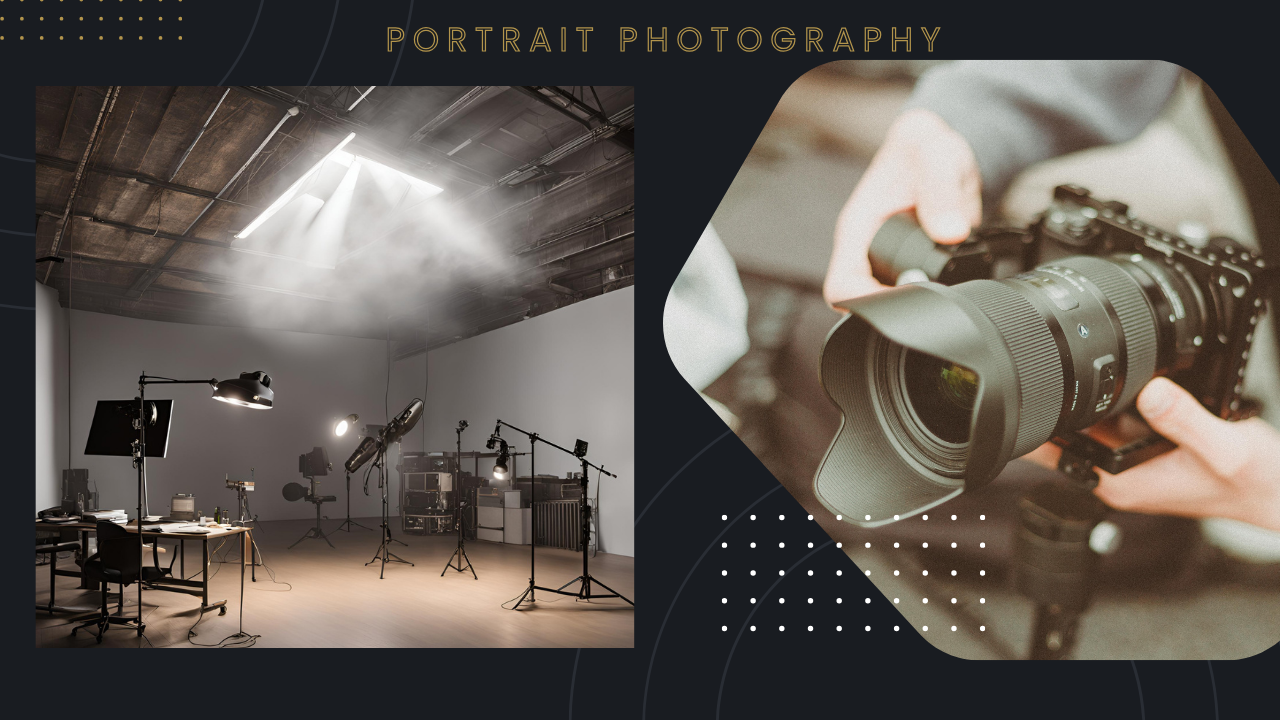Technical quality enhancements:
Image resolution and detail: Higher resolution cameras capture more detail, which is important for creating sharp and clear portraits, especially for large prints or digital formats.
Dynamic range: Cameras with good dynamic range can capture a wider range of tones, from shadows to highlights, leading to more balanced and nuanced portraits, especially in challenging lighting conditions.
Low light performance: Cameras with better low light capabilities (often associated with larger sensors and improved ISO performance) can produce clearer images with less noise in low light environments, which is important for indoor or evening portrait sessions.
Lens sharpness and aperture control: Quality lenses with sharp optics and wide apertures (e.g., f/1.8 or f/1.4) contribute to making subjects with blurry backgrounds look sharp, which enhances the aesthetic appeal of portraits by isolating the subject from distractions.
Creative possibilities:
Control over depth of field: Lenses with wide apertures allow photographers to control the depth of field, creating a shallow depth of field (blurred background) that brings focus to the subject and adds a sense of depth and dimension to portraits.
Bokeh and background blur: Quality lenses with pleasing bokeh (the aesthetic quality of out-of-focus areas) can create visually appealing backgrounds that complement the subject, enhancing the overall mood and composition of the portrait.
Lighting flexibility: The right lighting equipment (whether natural or artificial) enables photographers to manipulate light creatively, sculpting the subject’s features, adding drama, or creating soft, flattering lighting that enhances skin tones and textures.
Creative accessories: Tools such as reflectors, diffusers, and colored gels provide photographers with ways to creatively modify and enhance light, allowing for artistic experimentation and unique portrait styles.

